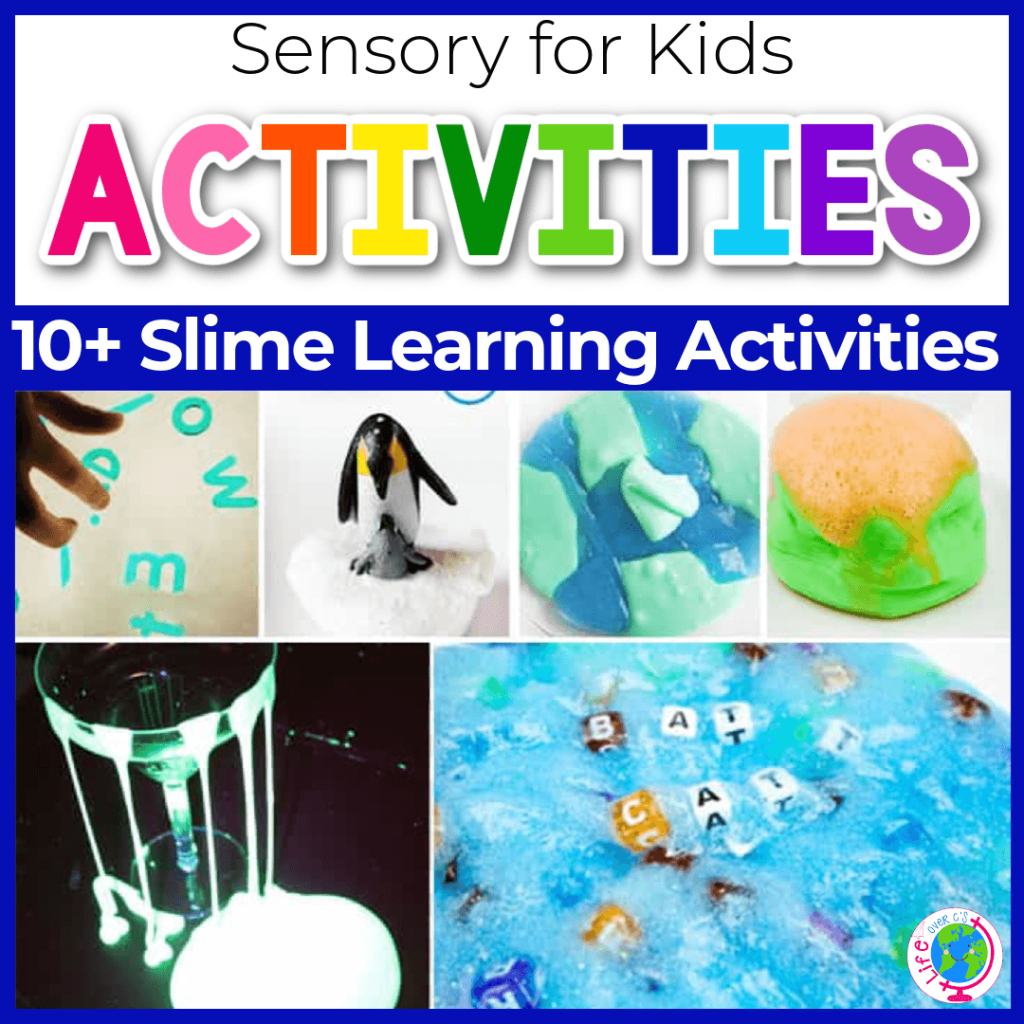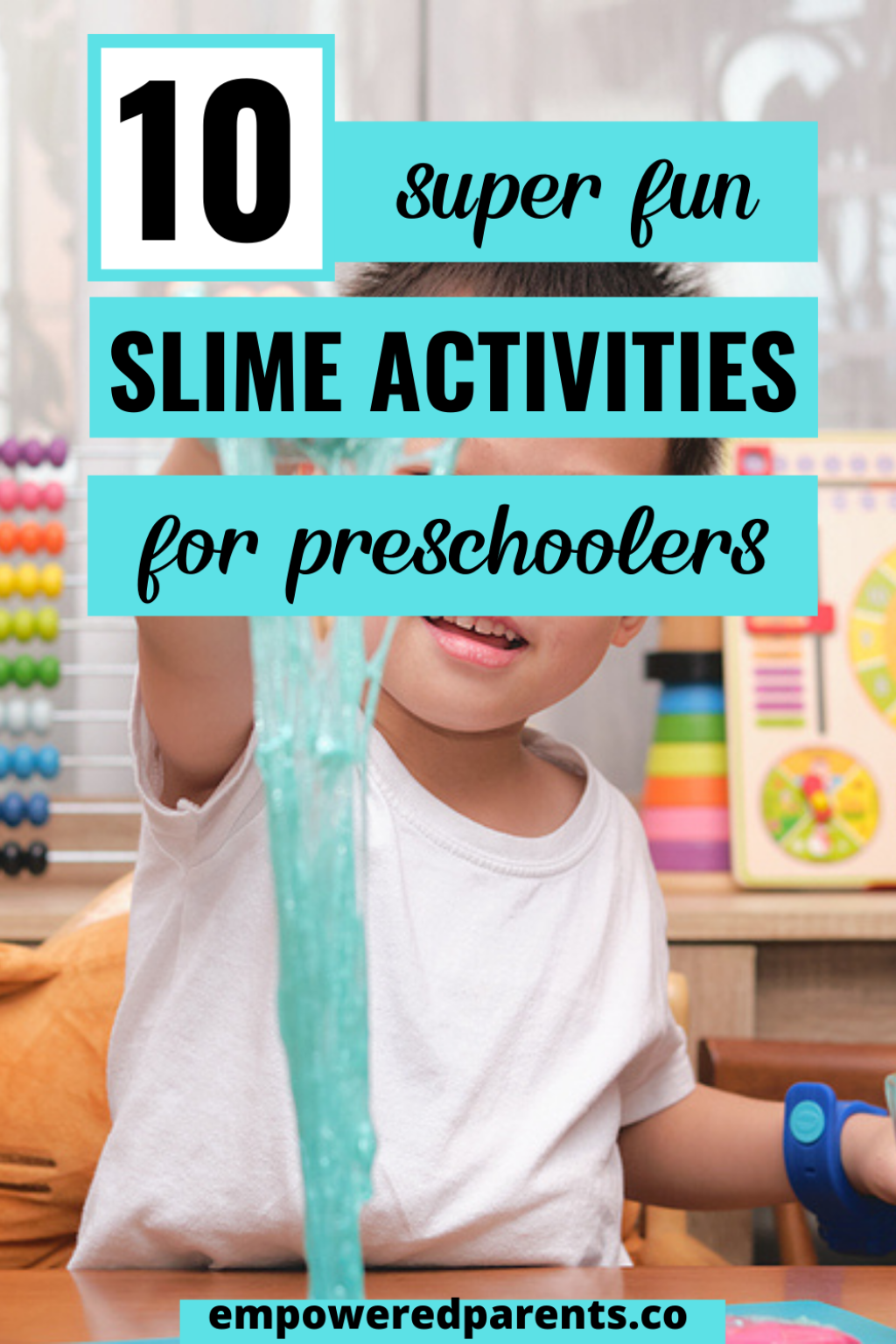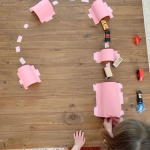Unlock Educational Discoveries With Slime: Engaging Activities For Growth And Learning
Educational Activities with Slime: A Fun and Engaging Way to Learn
Welcome, readers! Today, we are going to explore the exciting world of educational activities with slime. Slime has become a popular tool for learning, capturing the attention and imagination of both children and adults. In this article, we will delve into what educational activities with slime are, who can benefit from them, when and where they can be done, why they are effective, and how to engage in these activities. Let’s dive in!
What are Educational Activities with Slime?
2 Picture Gallery: Unlock Educational Discoveries With Slime: Engaging Activities For Growth And Learning


🔍 Educational activities with slime involve using this gooey substance as a hands-on learning tool. It is a versatile material that can be manipulated and molded, making it perfect for various educational purposes. When combined with other ingredients and materials, slime can be used to teach concepts from science, math, art, sensory development, and more. Let’s explore some of the exciting activities you can try with slime.
1. Science Experiments with Slime
🔬 Slime offers a great opportunity to introduce scientific concepts in a fun and interactive way. You can conduct experiments to explore viscosity, states of matter, chemical reactions, and more. For example, mix different substances with slime to observe how it affects its texture and consistency.
2. Math Games with Slime

Image Source: lifeovercs.com
🔢 Slime can also be used to enhance math skills. Create tactile math games by forming numbers, shapes, or patterns with slime. Children can practice counting, addition, subtraction, and even fractions by manipulating the slime to represent different mathematical concepts.
3. Artistic Creations with Slime
🎨 Slime can unleash creativity and artistic expression. Encourage children to create sculptures, paintings, or even slime-based masterpieces. They can experiment with colors, textures, and mixing different types of slime to create unique artwork.
4. Sensory Play with Slime

Image Source: empoweredparents.co
👶 For younger children, slime can be a valuable tool for sensory development. The squishy texture of slime stimulates their senses and helps improve fine motor skills. Add various sensory elements like glitter, beads, or scents to make the experience even more engaging.
5. STEM Projects with Slime
⚙️ Slime can be incorporated into STEM (Science, Technology, Engineering, and Mathematics) projects. From building slime-powered rockets to creating circuits with conductive slime, the possibilities are endless. These projects foster critical thinking, problem-solving, and collaboration skills.
Who Can Benefit from Educational Activities with Slime?
👥 Educational activities with slime are suitable for a wide range of learners. They can be customized to accommodate different ages, learning styles, and educational objectives. Preschoolers, elementary school children, and even older students can all benefit from the hands-on nature of these activities. Additionally, educators, parents, and caregivers can use slime as a teaching tool to make learning more enjoyable and effective.
When and Where Can Educational Activities with Slime be Done?
🗓️ Educational activities with slime can be done at any time and in various settings. They can be incorporated into classroom lessons, homeschooling sessions, after-school clubs, or even as fun weekend projects at home. All you need is some slime, basic materials, and a dash of creativity to get started.
Why are Educational Activities with Slime Effective?
🌟 Educational activities with slime are effective for several reasons. Firstly, slime is a highly tactile material that engages multiple senses, making the learning experience more immersive. The hands-on nature of these activities encourages active participation and helps solidify knowledge. Additionally, the element of fun associated with slime captures learners’ attention and makes learning enjoyable, leading to better retention of information.
How to Engage in Educational Activities with Slime?
📝 Engaging in educational activities with slime is simple and requires minimal preparation. Start by acquiring or making slime using safe and non-toxic ingredients. Then, choose an activity based on the educational goal you want to achieve. Follow instructions or create your own experiments, games, or projects. Remember to supervise children during play and encourage open-ended exploration and discovery.
Advantages and Disadvantages of Educational Activities with Slime
Advantages
👍 Educational activities with slime offer numerous benefits. They promote hands-on learning, creativity, and sensory development. These activities can also foster a love for STEM subjects and improve problem-solving and critical thinking skills. Furthermore, slime-based learning can be adapted to different age groups and learning styles, making it inclusive and accessible for all learners.
Disadvantages
👎 While educational activities with slime have many advantages, it is important to consider a few potential disadvantages. Slime can be messy, and some individuals may have sensitivities or allergies to certain slime ingredients. Always use safe and non-toxic materials, and consider individual needs and preferences when engaging in these activities.
Frequently Asked Questions
Q1: Is slime safe for children to play with?
A1: Yes, as long as you use safe and non-toxic ingredients and supervise children during play, slime can be a safe and enjoyable activity for children.
Q2: Can slime be made at home?
A2: Absolutely! Slime can be easily made at home using common household ingredients such as glue, borax, or contact lens solution. There are countless recipes and tutorials available online.
Q3: How can slime help with sensory development?
A3: The texture and squishiness of slime provide sensory stimulation, helping children improve their fine motor skills, hand-eye coordination, and tactile sensitivity.
Q4: Are there any educational benefits to playing with slime?
A4: Yes, playing with slime can enhance learning in various subjects such as science, math, art, and even engineering. It promotes hands-on exploration and creativity.
Q5: Can slime be used in a classroom setting?
A5: Absolutely! Many educators use slime as a teaching tool in the classroom to engage students and make lessons more interactive and memorable.
Conclusion
📚 In conclusion, educational activities with slime offer a fun and engaging way to learn. Whether you’re exploring scientific concepts, practicing math skills, unleashing creativity, or enhancing sensory development, slime can be a valuable tool in the educational journey. Remember to consider the advantages and disadvantages, supervise children during play, and tailor activities to individual needs. So, why not embrace the gooey goodness of slime and make learning a truly sensational experience?
Final Remarks
📝 The information provided in this article is intended for educational purposes only. Before engaging in any educational activities with slime, ensure the safety of all participants by using non-toxic ingredients and following proper guidelines. Remember to consult with professionals or experts if you have any concerns or questions. Enjoy the learning journey with slime!
This post topic: Children's Literature



